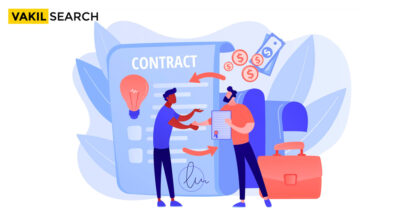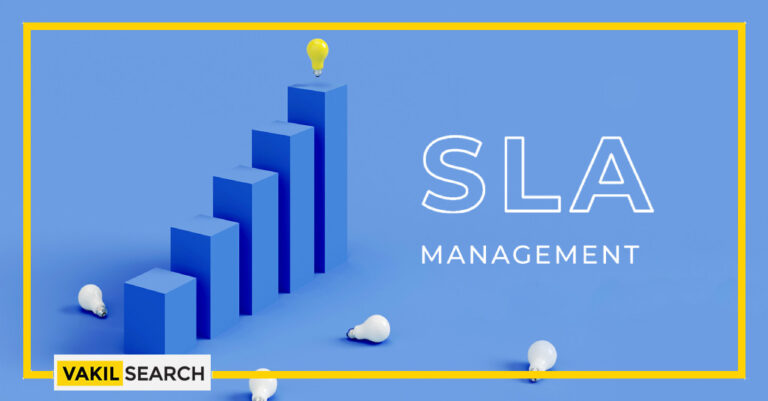Service level agreements are documented contracts between clients and service providers. They detail the required services and the level of services expected.
A Service Level Agreement is a written obligation. It establishes a defined number of deliverables that the provider of services agrees to provide to the concerned individual or individuals who avail of the services. These agreements can occur between businesses and customers or between two different types of commercial enterprises. It outlines the details of the services provided and the quality expectations of the same. These contracts are also ideal for industries in the communications and facilities space. They are worded to clearly identify a client’s expectations and how anticipated issues can be resolved before they take place. This written document serves as a legal obligation between the recipient of the services and the provider of the services.
Key Elements of a Service Level Agreement
Some of the primary aspects of this agreement include the following:
- Creation of the agreement: The Service level agreement should be established with the mutual agreement of both sides, and not one side.
- Performance Measurement: Do not extend the time frame for measuring the level of quality of the services. If you extend it across months, you could experience below-par services without being able to rectify it.
- A Concise Summary of the Entire Agreement: Details of the services the service provider will provide to the recipient of the services and how the effectiveness of the services will be gauged
- The Complete Objectives of the Said Services That Are Provided Are as Follows: The agreement should clearly state whether the service provider’s goal is to, e.g., furnish a business with technologies they lack, enhance the performance, or help reduce expenses.
- Details of the Services: The contract should detail the nature of services provided, to whom they will be provided, the location and department, and the time frame. Details about the personnel on each side who will gauge the services which are being rendered
- Specify the Standards of Services: This forms a crucial part of an Service Level Agreement as the recipients expect optimal services at all times. The provider of services must indicate changes that could impact the services, e.g., large volumes of workload, unforeseen contingencies, or other situations.
- Compensation: The agreement should include a compensation clause by which the recipients avail of some “service credits.” This is to protect them if the service providers are unable to fulfil the services as per the desired expectations. This will help the service provider to work towards furnishing clients with better and more effective services.
- Cancellation Terms and Details: The said recipients must convey the most practical and professionally viable conditions under which they can cancel the agreement. Cancellation is often resorted to when the said objectives are not met as per the expected standards mentioned in the agreement.
- Constant and Acute Failure: If the services are disrupted innumerable times within a specific time frame, the recipients of the services can terminate the agreement immediately.
There are three types of Service Level Agreement that perform different functions. The details of these are indicated in the table given below.
The type of service level agreement |
Function |
| Customer service level agreement | This is established between a vendor and a customer. It details a specific level of service. |
| Internal service level agreement | This is established between two or more divisions within the same business or enterprise, e.g., between the marketing and sales divisions. |
| Service level agreement with multiple levels | This is established between the different internal divisions of a business or between a business and its external clients. |
The Importance of Service-Level Agreements
The benefits of Service Level Agreements are invaluable. Some of these are given below:
- They help build trust between the provider and the recipient of services.
- They help ease the levels of communication and reduce conflicts.
- They enable the smooth execution of the expectations detailed in the document.
- The advantages of having a documented contract help establish the relationship between the provider and the receiver of the services.
- Failure to comply with the expected levels of quality service is clearly laid down in the agreement, which makes it easy for the client/s to seek compensation.
- This type of agreement helps to track the services being rendered at regular intervals.
What Makes Service Level Agreements a Good Communication Tool?
An Service Level Agreement helps to establish effective communication between the provider and the receiver of the said services. It helps service providers to set some practical conditions under which they will support their clients. This helps protect the service providers as they cater to diverse clients with varied expectations. This makes it impossible for the service providers to be able to fulfil wide-ranging requirements. An Service Level Agreement makes it possible to communicate the priorities, remedial measures, and penalties agreed upon mutually by both parties involved. This agreement determines the metrics, expectations, as well as responsibilities in very clear terms, which cannot be countered in the case of any future disagreement. These agreements affirm that the provider as well as the receiver of the services have clarity on the said requirements. This reduces the scope of any kind of misinterpretation.
All Service Level Agreements are in sync with the objectives of both parties involved. These agreements entail an indemnity clause as well. The clause clearly outlines the service provider’s responsibilities if a breach of service occurs. The various metrics, like the time frame for which the services are available and the failures in deliverables, e.g., a backup or restoration of services, are outlined to the minutest details. This minimises the chances of misconstruing the responsibilities. Most of these agreements also include a modification clause. This comes into effect if the needs of the said client have increased or decreased, there is an increased demand for advanced technology requirements, or the workload has changed. This modification clause is revised based on these changes. It thus becomes imperative to revise such agreements at regular intervals in the larger interests of both the provider and the client. Such details and improvisations facilitate ease of communication between the two parties.
Conclusion
Service Level Agreements serve as powerful tools in setting benchmarks for customer service. They signify timely commitment and support within the framework of the agreement. The details of these agreements help the service providers understand the specific requirements of their clients. This sets the foundation for becoming familiar with their client’s business goals, daily needs, and distinct processes. The communication between the two parties is worded in a friendly manner that is easy to understand without escalating unnecessarily. This sets the pace for client satisfaction, enhanced productivity, and cost reduction. These agreements help define the levels of services and the payment terms for the same. The clarity of the various details is agreed upon, and the agreement is signed by both the parties involved. This systematic communication leaves no ambiguity for any side unless there is a severe breach of services or payments.
Read More:










